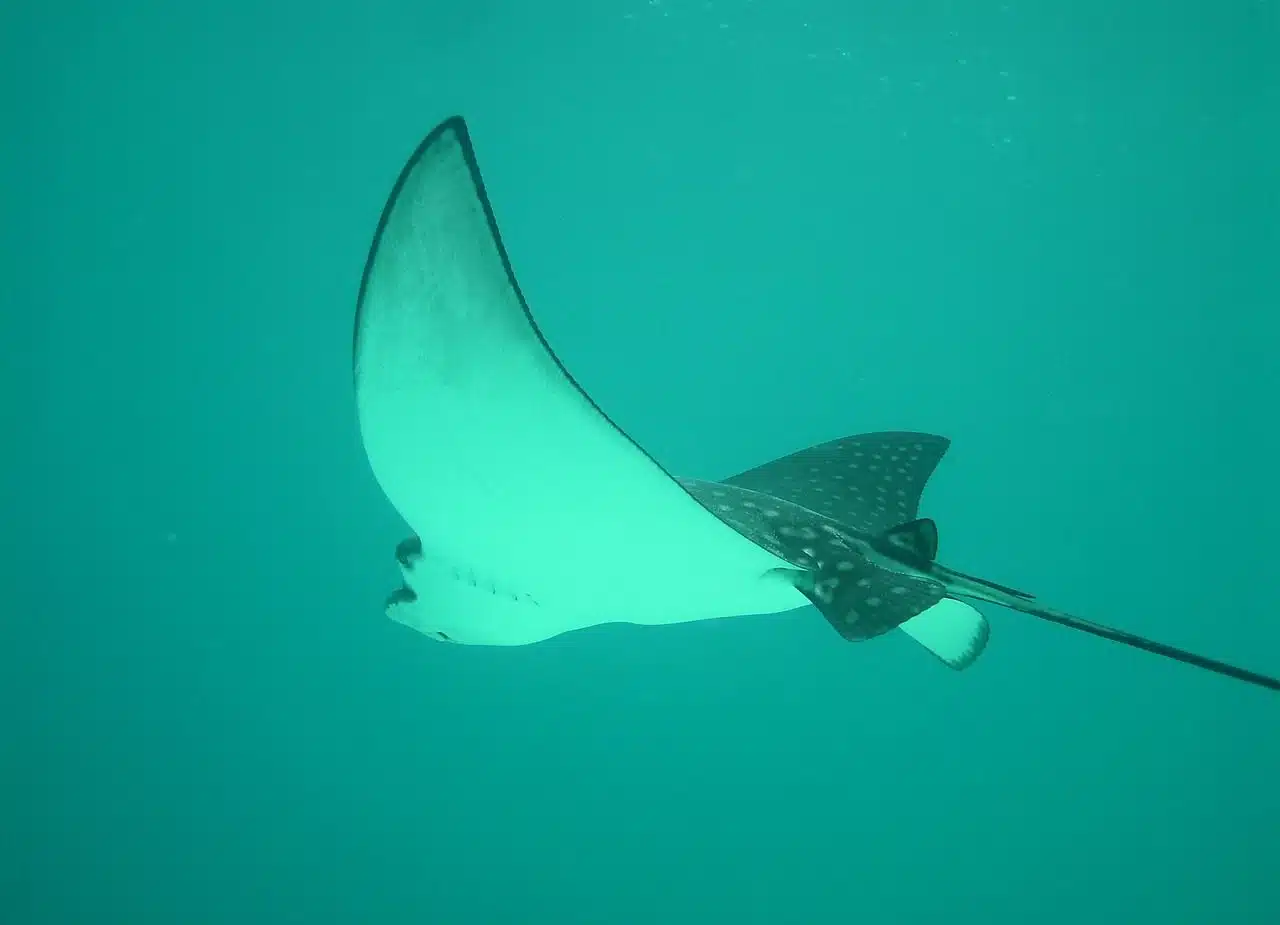
A line can be a stroke or a mark.
Raya is a concept with different meanings that even has more than one etymological root. When it comes from the Latin word radia (which, in turn, derives from radius ), it can be used to name the line , stroke or groove that, in some way, is recorded or registered on a body.
For example: "Someone made a scratch on my car door: I suspect it was a cyclist who grazed the vehicle," "When they brought the new furniture, they left a scratch on the wall," "Who was responsible for the scratch?" What's on the kitchen floor? .
The stripe as a mark or fold
A stripe can be a certain kind of mark or fold . When a person combs their hair, they can draw a part on their head according to the way they divide their hair : "When I was a boy, I parted my hair on the side," "The singer surprised by parting his hair in the middle."
When ironing clothes , it is common for stripes to appear on certain garments: "You must fold the pants taking the stripe as a reference."
An orthographic sign
The dash can also be constituted as an orthographic sign ( - ) to establish the development of a dialogue or, in certain contexts, to achieve the separation of sentences :
«- Will you come home tomorrow?
– I'll try, but I don't promise anything.

A type of fish is called a stingray.
Other uses of the term stripe
The dose of cocaine, on the other hand, can be named as a line or line : "The musician was photographed snorting a line of cocaine."
That which marks a limit or that represents the end of something can be indicated as a line: "I'm warning you: I'm not going to allow you to cross this line," "The boy crossed the line when he insulted the teacher."
a fish
Raya, finally, can come from the Latin raia and refer to a flattened fish with a rhombus appearance that is characterized by its long tail (in certain species ending in a poisonous stinger).
Rays belong to the order of cartilaginous fish known as rajiformes , which has a close relationship with the shark since the structure of their skeletons coincide almost entirely, as well as the morphology of their gills and the number and type of fins. that they possess. The main differences between the two are seen in the external shape of their bodies, since the rajiiformes have a very characteristic flat body.
Stripe characteristics
Some of the most outstanding features of stingrays are the following: they have the cornea fused with the skin that surrounds their eyes; Their teeth have a flat shape and their jaws are projectable; Those that do not live at the bottom, when they breathe, capture air through the spiracles (external openings present in several terrestrial arthropods and certain aquatic vertebrates ), instead of through the mouth; and almost all of them are viviparous (their offspring are born ready to interact with their environment since they develop completely in the female's womb).
Although it is believed that rays have a dangerous sting capable of injecting venom into their prey , only two families have this characteristic. The stinger is located at the tip of its tail and has a very sharp appearance; The Australian stingray, for example, can measure up to 30 centimeters in length. It is interesting to note that rays replace their stinger with a certain frequency. Although the poison does not usually cause death in humans, there are fatal cases , such as that of the well-known "Crocodile Hunter" , a famous Australian character.
The stingray is found in all seas on Earth and feeds on mollusks and crustaceans. Given its physical appearance and habits, it differs considerably from the rest of the fish. Although it is a marine animal that lives near the coast, it can be found in certain rivers.
